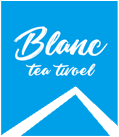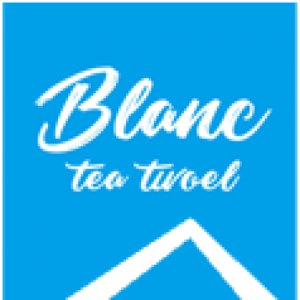From ancient times to the modern era, woodblock printing has been an integral part of cultures and arts around the world. Originating in China, this art form quickly spread across Asia and eventually influenced European art and printing techniques. Woodblock printing is more than just a technique for creating images and text; it carries deep cultural and historical significance. Ancient artists and craftsmen used woodblock printing to tell stories, convey knowledge, and even, to some extent, influence the development of society and culture.
In China, woodblock printing was initially used for reproducing Buddhist scriptures and later evolved into a primary method for producing literary works, historical records, and artworks. Japanese Ukiyo-e woodblock prints, known for their fine lines and vibrant colors, demonstrated the high level of this technique in the field of art. In Europe, the introduction of woodblock printing technology significantly contributed to the development of printing, profoundly impacting the dissemination of art and knowledge during the Renaissance.
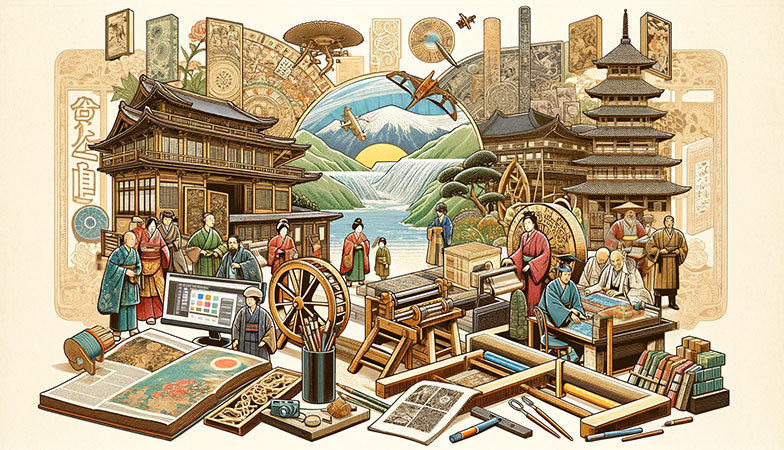
However, as time passed and technology advanced, woodblock printing faced the challenge of being replaced by modern printing techniques. Despite this, it still holds a place in contemporary design, especially in areas that value craftsmanship and traditional techniques. Today, artists and designers are exploring ways to combine this ancient printing technique with modern innovations to create works that are both historically significant and in line with contemporary aesthetics. From the use of eco-friendly materials to the integration of digital technologies, woodblock printing is re-emerging in a new form.
At BLANC Tea Towels, we are committed to this fusion of tradition and innovation. By combining the ancient art of woodblock printing with modern reactive digital printing technology, we aim to create tea towels that not only possess traditional artistic charm but also meet the needs of modern home life. This is not only a tribute to traditional craftsmanship but also an exploration of future design directions.
Tradition and Innovation
Deep History
The history of woodblock printing dates back to the Tang Dynasty in China, where it was primarily used for copying Buddhist scriptures. By the Song Dynasty, this technique had evolved to enable mass reproduction of various books and artworks. In Japan, woodblock printing reached its zenith, especially in the creation of Ukiyo-e, renowned for its exquisite and detailed representation. In Europe, the introduction of woodblock printing significantly impacted the dissemination of art and scientific books during the Renaissance, not only accelerating the spread of information but also facilitating cultural exchange.
Technological Evolution
Over time, traditional woodblock printing began to integrate with modern technology. The advent of digital design tools has enabled artists and craftsmen to design woodblocks more precisely. Computer-Aided Design (CAD) software has made the creation of complex patterns easier and quicker, enhancing the detail and accuracy of designs. This fusion of techniques not only improved the efficiency of woodblock printing but also brought new creative possibilities to this ancient art form.
Modern Applications
Today, many artists and designers are innovating with woodblock printing techniques. They value the traditional elements of the technique while exploring how to combine them with modern materials and design concepts. For instance, some artists have started using eco-friendly water-based inks and sustainably sourced wood, materials that not only have a lower environmental impact but also produce unique visual effects. Additionally, the incorporation of modern design ideas has made woodblock printing works more appealing to contemporary aesthetics, allowing this ancient art form to shine anew in today’s world.
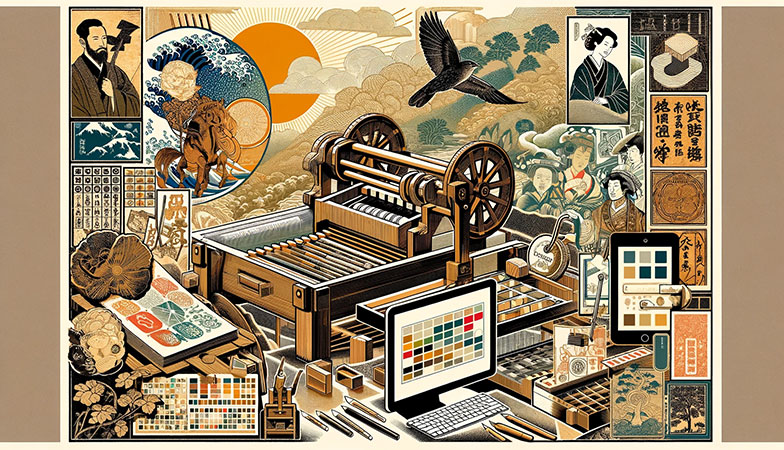
An In-depth Exploration of Production Techniques
Material Selection and Design
The creation of woodblock prints begins with the careful selection of suitable wood. Ideal wood should have a uniform texture, sufficient hardness, and a smooth surface. Commonly used woods include cherry, pear, and maple, which not only resist the carving knife but also withstand the pressure of repeated printing without deforming. When designing patterns, artists must consider the complexity of the design and the size of the woodblock. The principle of design aims to balance artistic expression and technical feasibility, ensuring the final printed work is both beautiful and precise. The level of detail in the carving technique directly affects the quality of the print, with artists typically using specialized carving tools to meticulously complete the design by hand.
Detailed Printing Process
Every step in the printing process is crucial. First, the appropriate ink must be prepared, with its consistency and color determined by the design requirements and type of paper. Before printing, artists need to apply the ink evenly on the woodblock. Then, the paper is smoothly placed on the woodblock, and uniform pressure is applied manually or mechanically. This process may need to be repeated several times, especially for multi-color printing. Consistency and high quality throughout the process are key, requiring the artist to have a deep understanding of the materials and techniques and masterful skills.
Quality and Craftsmanship Challenges
Despite centuries of tradition, woodblock printing still faces many challenges in the modern era. The first is maintaining traditional print quality while balancing efficiency and precision. Secondly, the sustainability of materials has increasingly become a focal point, with artists exploring alternatives such as sustainably sourced wood and eco-friendly inks. Additionally, as modern consumers demand higher product quality, meeting the market’s needs while preserving the spirit of traditional craftsmanship poses a significant challenge. These challenges inspire artists and craftsmen to innovate continuously, seeking new methods and materials to perfect this ancient art form.
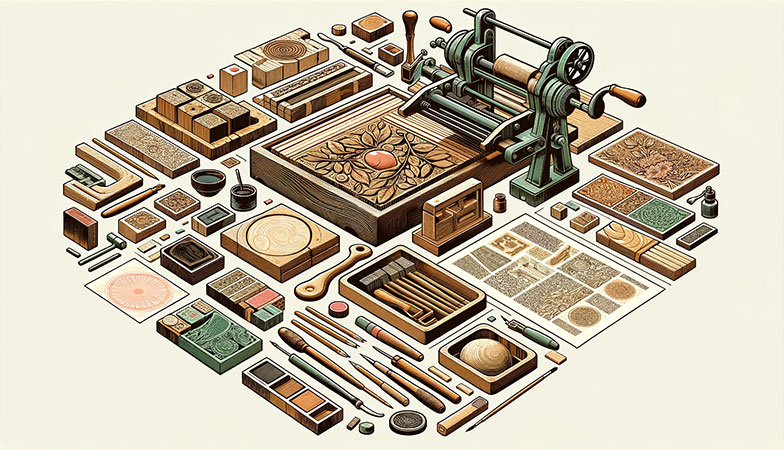
Design Showcase and Case Studies
Diverse Design Examples
At BLANC Tea Towels, we have created a unique series of tea towels using woodblock printing techniques, showcasing a variety of styles from traditional to modern. Each piece represents a reinterpretation of the art of woodblock printing, incorporating rich cultural elements as well as modern design concepts. Our collection features designs that include the intricate details of traditional Chinese landscape paintings, the vivid patterns of Japanese Ukiyo-e, and inspirations from modern abstract art. These diverse designs not only demonstrate the versatility of woodblock printing but also cater to the aesthetic preferences of different consumers.
Design Inspiration and Stories
Behind each woodblock-printed tea towel is a unique story and source of inspiration. For instance, one of our tea towels is inspired by the cultural exchange along the ancient Silk Road, blending artistic elements from both East and West. Another design is drawn from nature, depicting the beautiful scenery of the changing seasons. These designs are not only a tribute to traditional woodblock printing techniques but also a response to modern design trends. Our designers delve deep into cultural backgrounds and art history, combining these elements with personal stories and contemporary aesthetics to create products that are both meaningful and beautiful.
Customer Feedback and Interaction
Our tea towels are cherished not only by art collectors but have also become an essential part of many households. Customer feedback reveals that they appreciate the artistry on the tea towels as well as their practicality and quality. Many customers have shared that these unique tea towels bring an artistic touch to their kitchens and dining tables, and some even use them as home decor, hanging them on walls. Through social media and online platforms, we encourage our customers to share their experiences and home decor inspirations. This interaction not only strengthens our community bonds but also provides us with valuable feedback, helping us continuously improve our product design and quality.
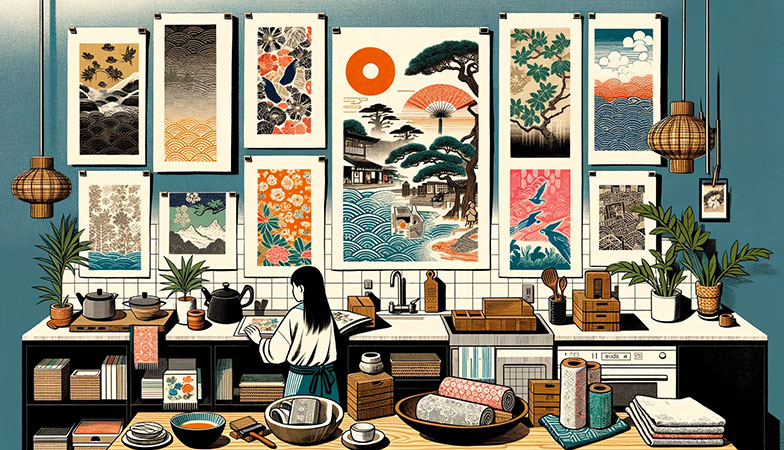
Conclusion and Outlook
As our exploration of the art of woodblock printing draws to a close, we cannot help but reflect deeply on the importance and value of this ancient technique in modern design. Woodblock printing is not just a traditional craft; it is a bridge connecting the past with the present, allowing us to feel the warmth of history and the depth of culture even in our rapidly evolving modern society. The irreplaceability of this art form lies in its unique beauty, the warmth of its craftsmanship, and the stories and cultural significance behind each piece. In contemporary design, woodblock printing brings a unique perspective and depth, offering a distinctive way of expression that makes design works not just a visual pleasure but also a conveyance of culture and emotion.
Looking to the future, woodblock printing holds limitless possibilities. With the development of technology and the continuous expansion of innovative fields, we can anticipate more attempts to combine traditional craftsmanship with modern technology. For instance, utilizing digital technology to optimize the design process, using eco-friendly materials to reduce environmental impact, or exploring new applications in areas such as fashion and home decor. Additionally, with the deepening of globalization and cross-cultural exchange, woodblock printing also has the opportunity to incorporate elements from different cultures, creating cross-cultural design works that promote understanding and appreciation between cultures.
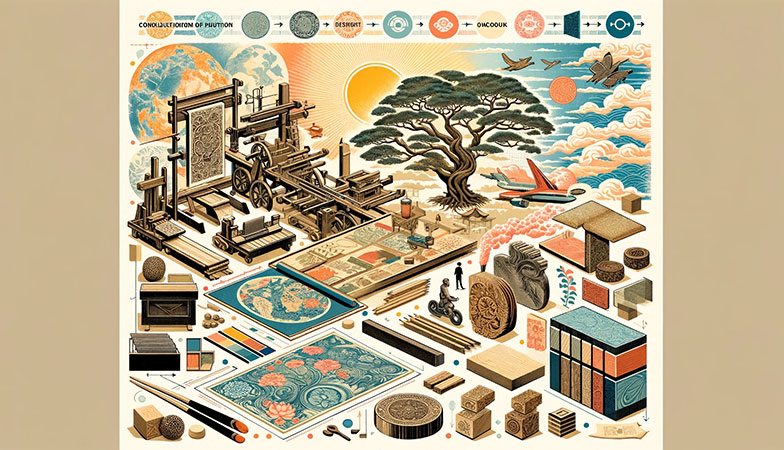
At BLANC Tea Towels, we will continue to explore new realms and possibilities in woodblock printing, combining this ancient art form with modern design concepts to bring our customers products that are both traditional and modern. We believe that through continuous innovation and exploration, woodblock printing will continue to shine in the field of modern design, serving as an important link between the past and the future.
Bridging the Past and the Future
In our exploration of woodblock printing technology and its application in modern product design, a core idea becomes increasingly clear: understanding and respecting traditional craftsmanship is crucial for creating high-quality modern products. This is especially true in the realm of tea towel design, where the spirit and skills of traditional craftsmanship can imbue products with unique cultural value and profound emotional significance.
At BLANC Tea Towels, we deeply understand this and strive to combine traditional woodblock printing techniques with modern reactive digital printing technology. This fusion not only preserves the rich cultural essence and unique artistic style of woodblock printing but also introduces the convenience and versatility of modern technology. The result is a series of tea towels that possess both traditional charm and suitability for modern living. These tea towels are not just practical items for daily use; they are artworks carrying stories and culture.
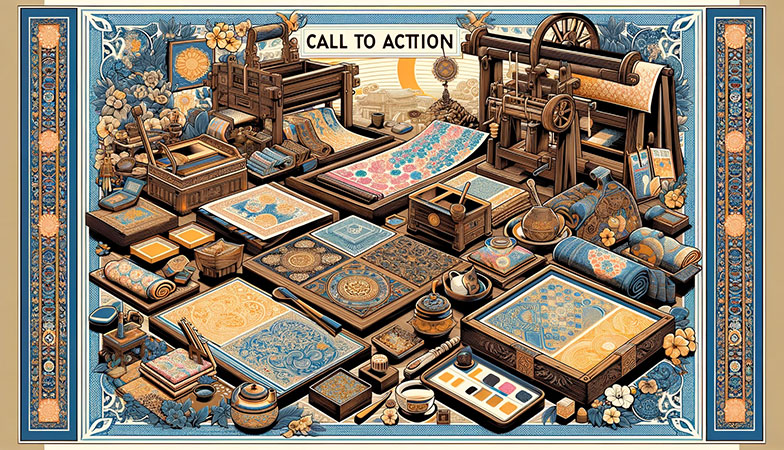
We sincerely invite you to explore the reactive digital print tea towel series at BLANC Tea Towels. Whether used as home decor or as everyday items, our tea towels add a special touch of color and warmth to your life. Through these products, you can experience the unique charm of combining woodblock printing with modern technology and appreciate the practical value and aesthetic significance of traditional craftsmanship in modern life.
Let us together cherish and pass on these precious traditional crafts while also embracing innovation and change, jointly creating a beautiful world that respects the past and looks forward to the future.
